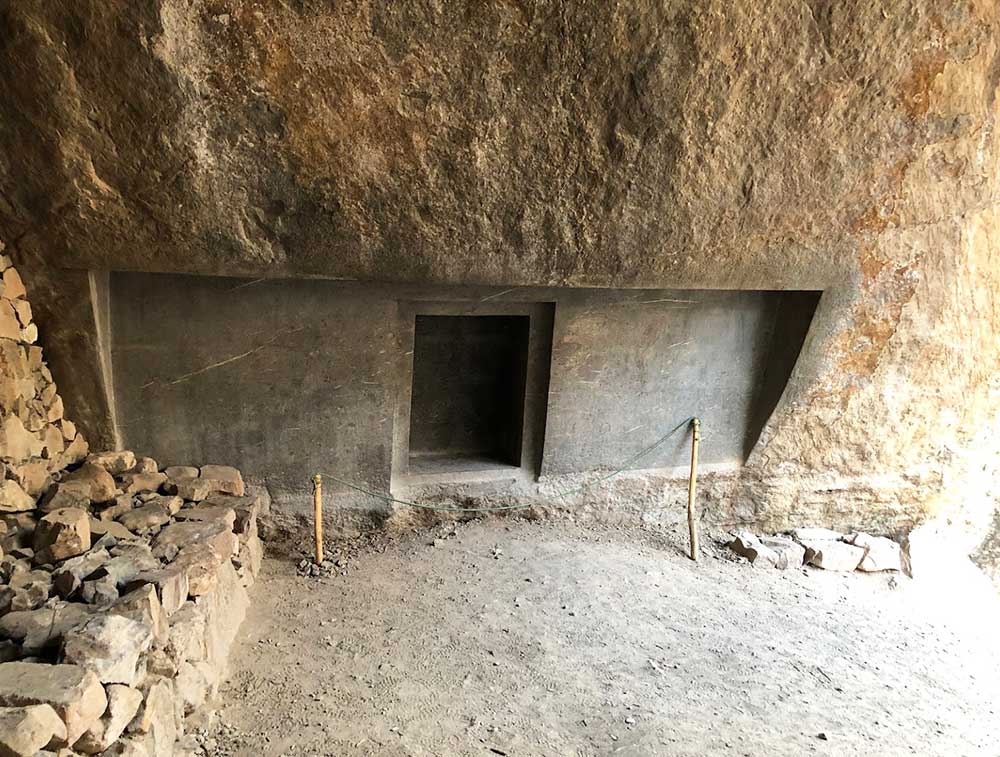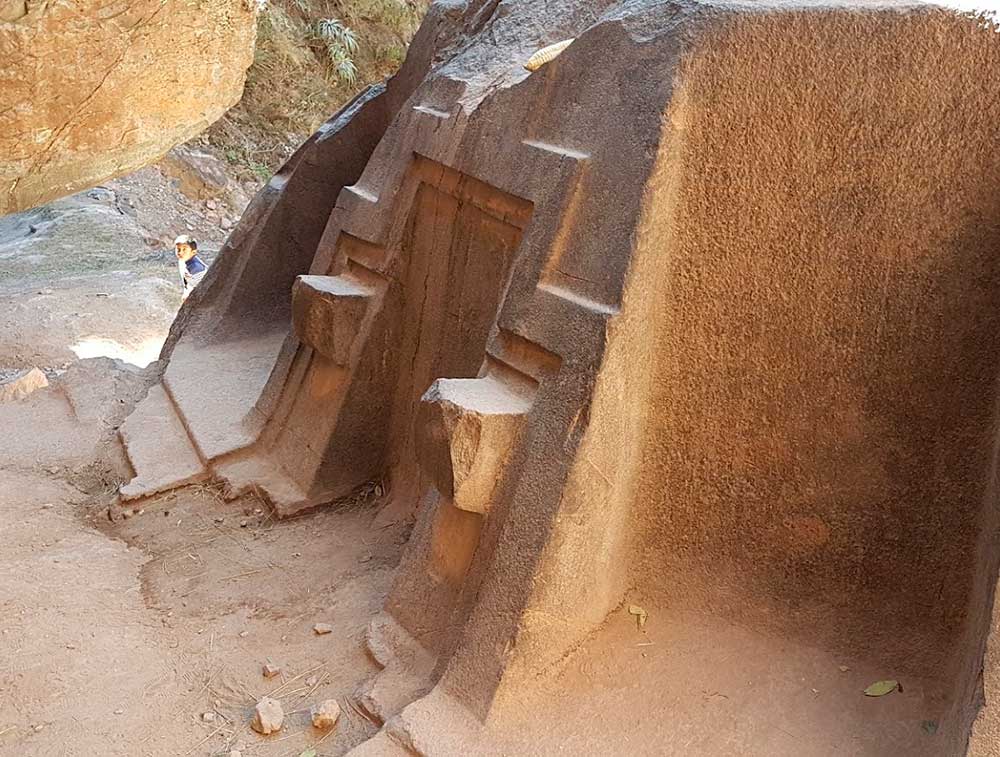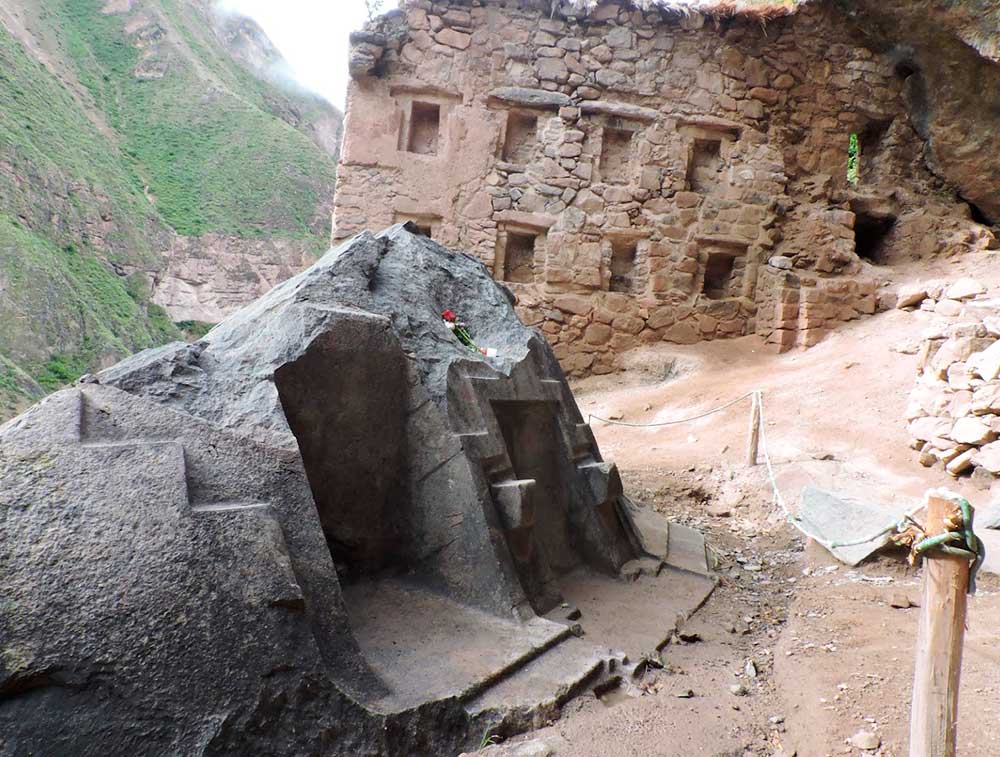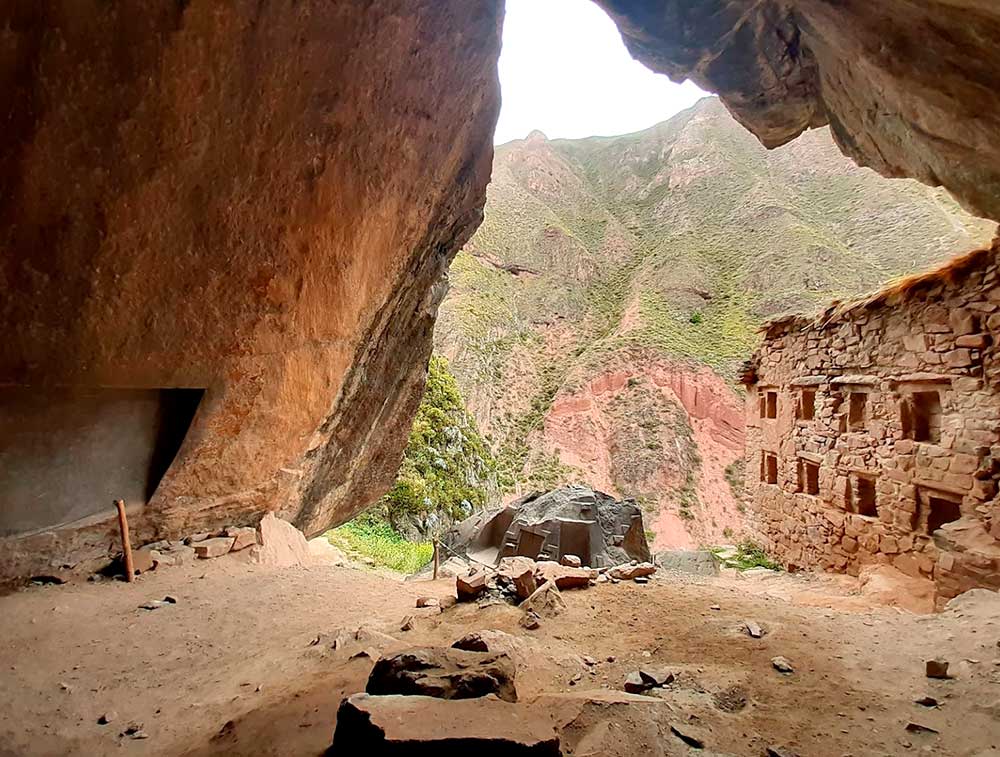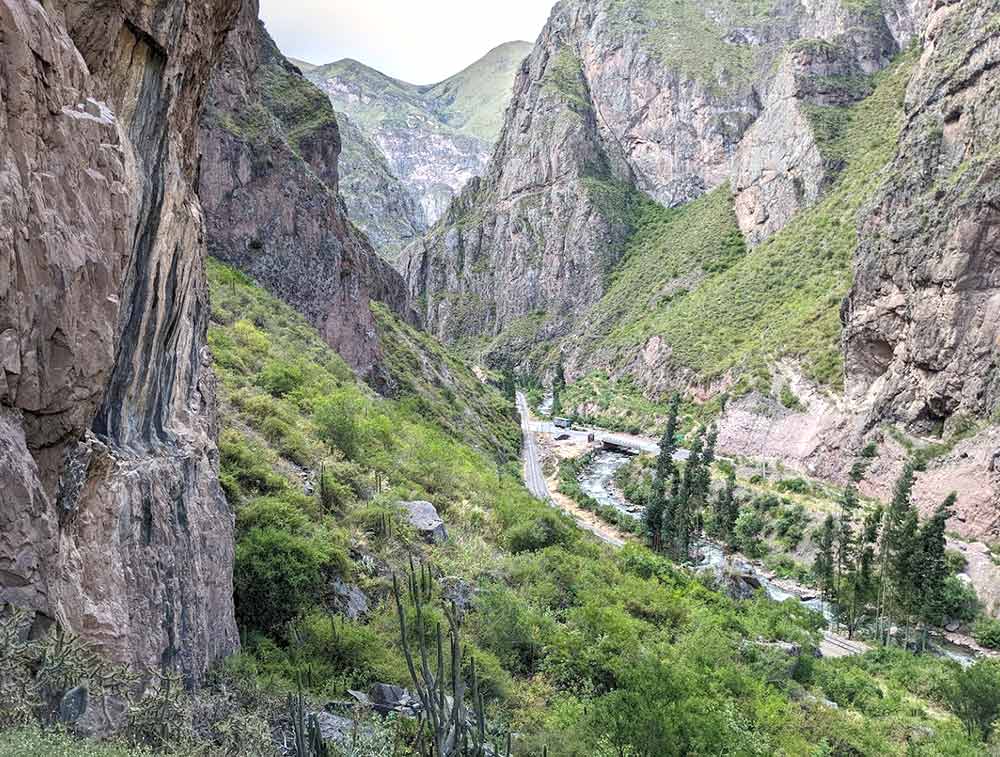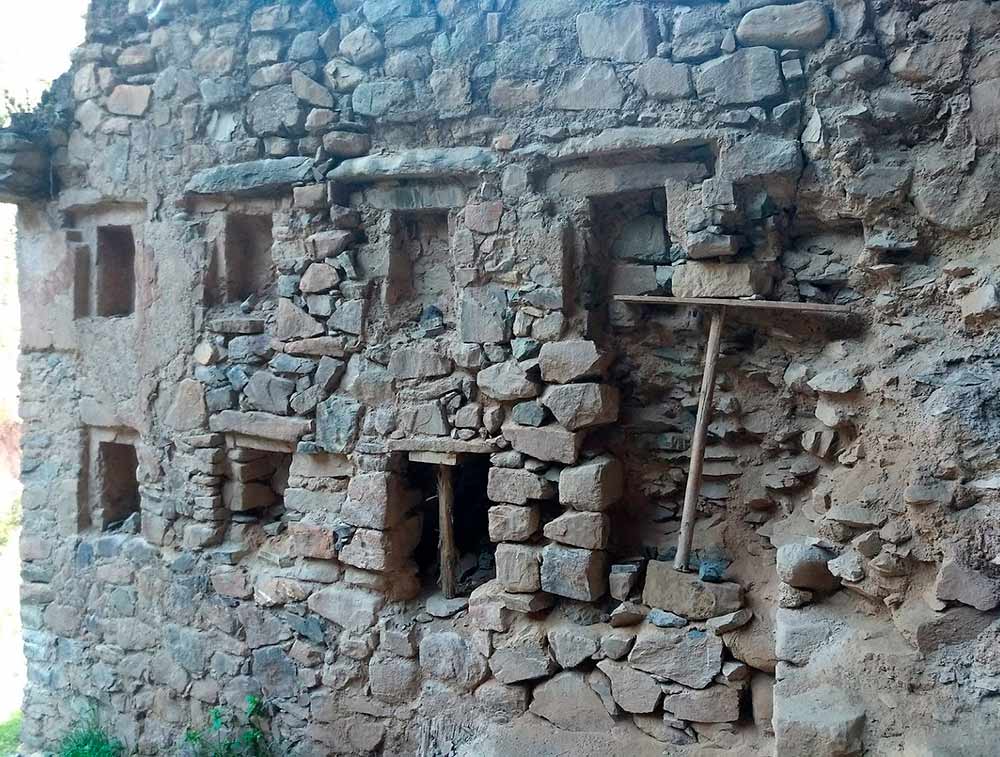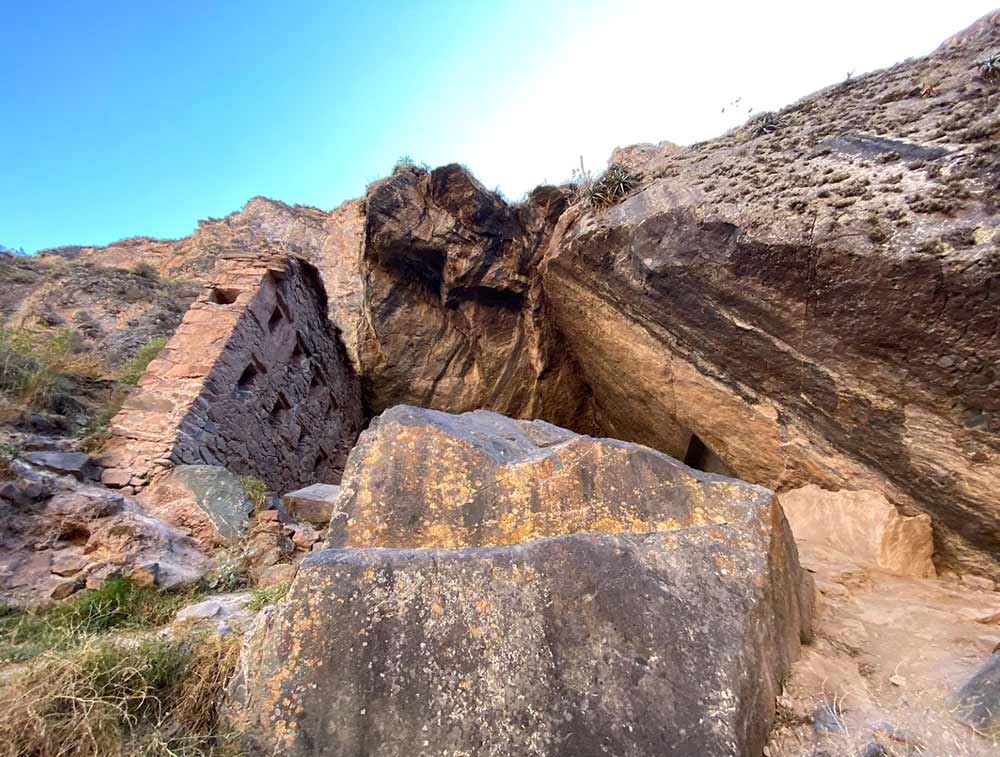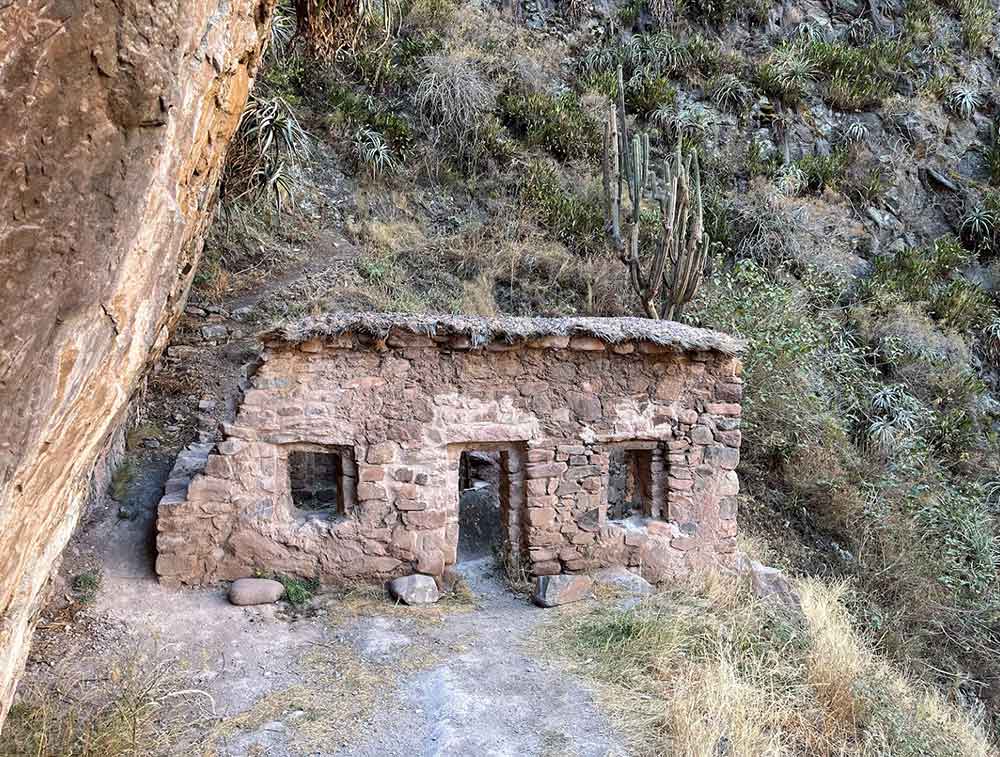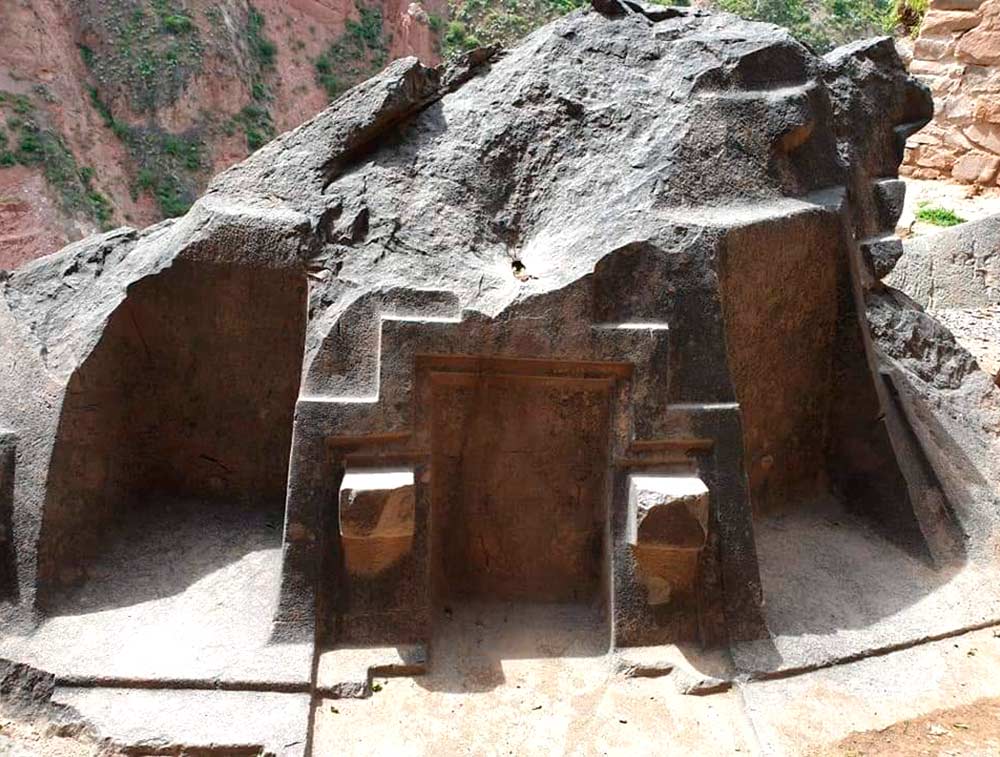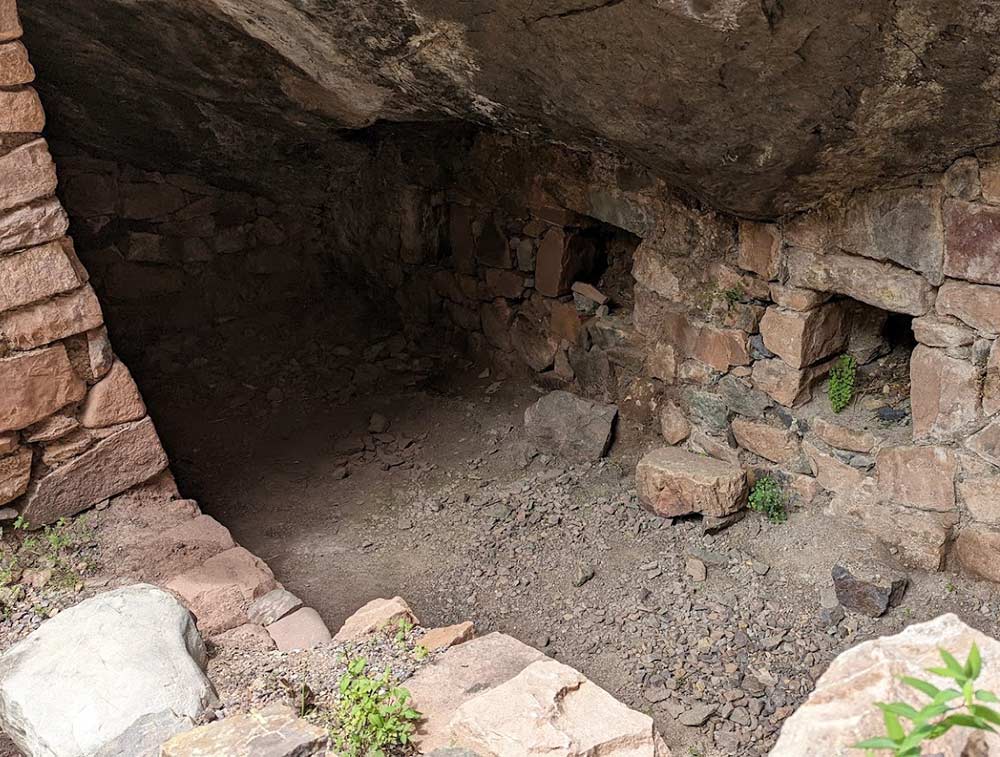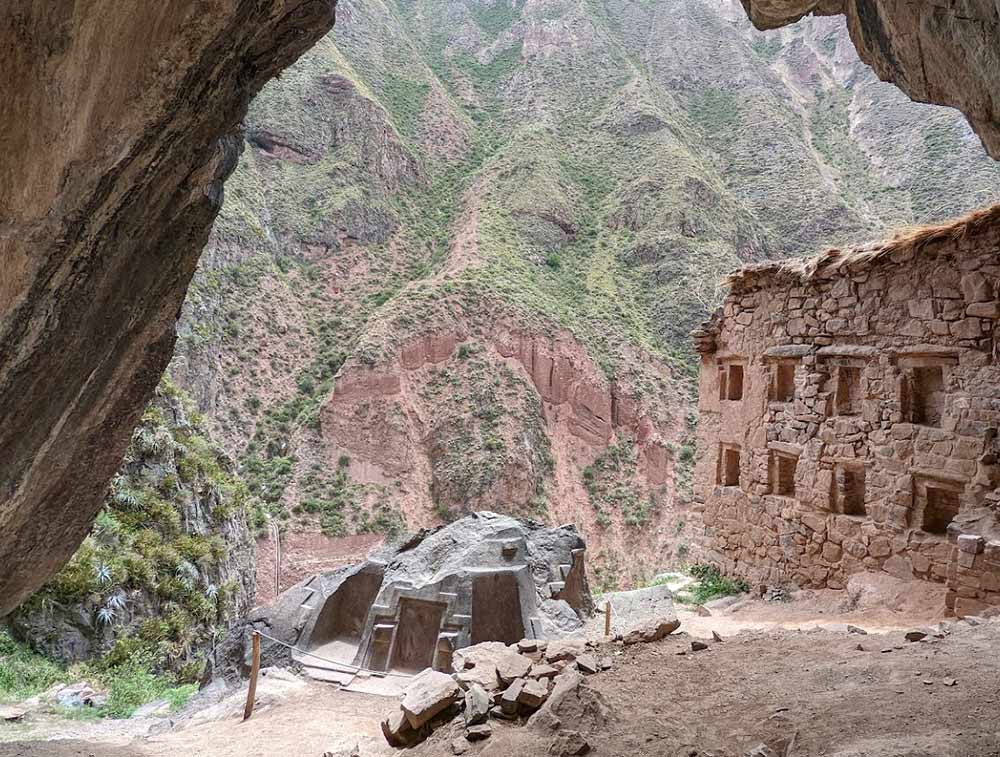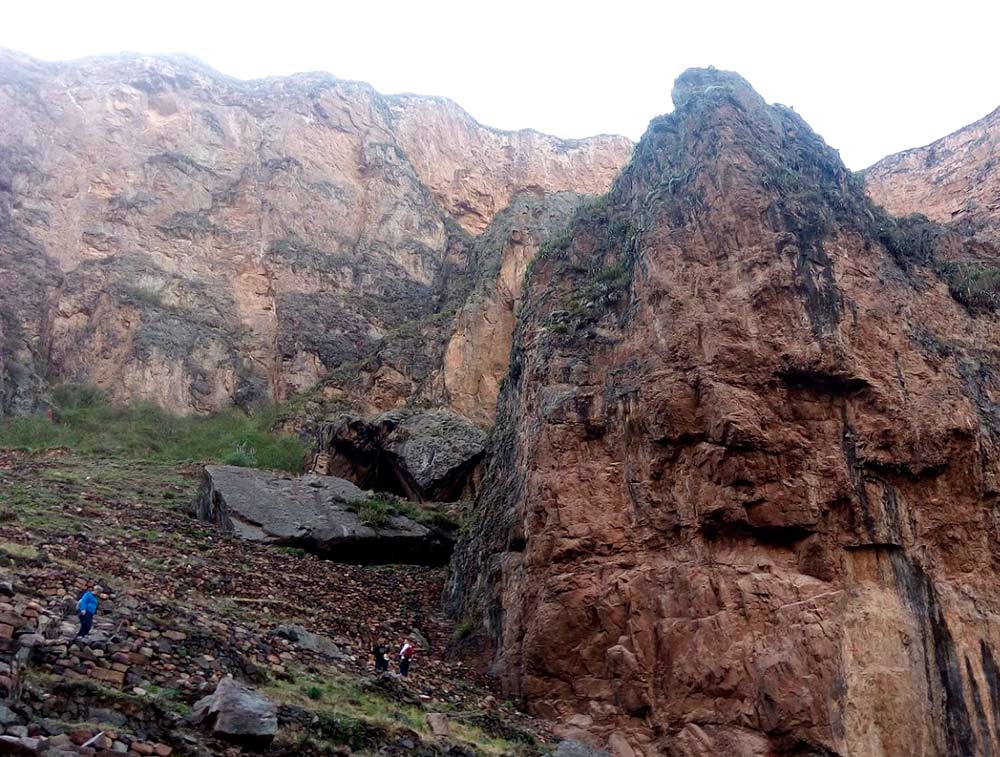Ñaupa Iglesia in the Sacred Valley of the Incas
Ñaupa Iglesia is one of the most mysterious Inca constructions in the Sacred Valley of the Incas. It is famous for being a place where religious ceremonies of Inca origin are performed (such as the famous ‘payment to the land’). It was a sacred huaca, where a kind of portal was finely carved. Today it is popularly said that this is a three-dimensional door to other archaeological sites. Will it be true? Learn more about this tourist attraction little explored by visitors.
- What is? What does it mean?
- Location
- How to get there from the city of Cusco?
- Cosmic portal?
- Natural landscapes and adventure
- How much does the visit cost? Are there tours?
- Ñaupa Iglesia photo gallery
- Weather and what to bring
- Learn more about Ñaupa Iglesia
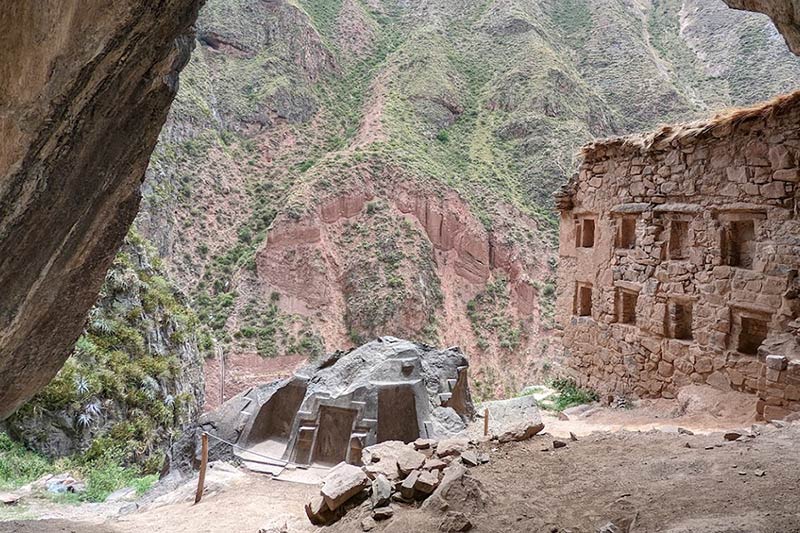
Ñaupa Iglesia – Sacred Valley of the Incas
Undoubtedly the most famous tourist attractions in the Sacred Valley of the Incas are the archaeological site of Pisac, Ollantaytambo and Chinchero. However, this magical tourist area of Cusco also offers other incredible destinations such as Lares, Yucay or Ñaupa Iglesia. At the moment the visit to this last attraction is free for everyone. So take advantage and visit it!
What is it? What does it mean?
- Ñaupa Iglesia is a sacred huaca of Inca origin located in the heart of the Sacred Valley of the Incas in Cusco.
- It has several buildings with fine stone carvings, the main one having a majestic design in the form of a ‘chacana’ or Andean cross under a large rock.
- This place is considered enigmatic. Tourists and local people come there interested in performing Inca religious ceremonies of ‘payments to the land’.
- One of its doors is believed to be a three-dimensional entrance to other Inca archaeological sites of great importance. Its main carving is believed to connect in a straight line with the ‘Southern Cross’ constellation.
- The entire huaca covers an area of 36 square meters in a trapezoidal shape.
- Ñaupa Iglesia means ‘very old church’. However, local people often call it ‘Choquella’ (where gold shines). It is presumed that there the Incas worshiped gods such as the sun, the moon, the mountains and the earth.
Location
- Ñaupa Iglesia is located in the town of Pachar, in the heart of the Sacred Valley of the Incas. It belongs to the province of Urubamba.
- Geographically it is located at 2,900 meters above sea level. It is on the left bank of the Huarocondo River (at the intersection with the Vilcanota River). In the distance, the imposing Chicón and Verónica snow-capped peaks loom.
How to get there from the city of Cusco?
Ñaupa Iglesia is 51 kilometers from the city of Cusco. To get there you must take the following route:
- On Belenpampa (or Pavitos) street in the city of Cusco, you must take public transport to the town of Pachar, passing through the district of Urubamba. This trip takes 1 hour 30 minutes and costs from 5 to 10 soles.
- In Pachar you can see a huge stone beyond the Vilcanota river. This journey is done on foot. The walk is short but intense because it is uphill. It takes approximately 30 minutes.
Cosmic portal?
- The buildings that can be seen in Ñaupa Iglesia show that it was a place of religious importance for the Incas. Its buildings are built on a cliff under the Pinkuylluna mountain, considered sacred.
- The most striking carving at the site is a kind of trapezoidal door or altar in the shape of a chacana (the Andean cross). Its architecture is aligned with the constellation of the Southern Cross.
- In the back there is a door (7 meters long and 1 meter wide) that, according to popular saying, is a three-dimensional entrance to other important Inca archaeological sites. Around it are niches, huayranas and clay structures.
- During the Inca period, there were other minor constructions that show the importance of the place. In addition to platforms, paths and stairways, its adobe walls with niches where religious ceremonies were held stand out.
- In the interior of a huge stone that covers the place, you can distinguish cave paintings of great antiquity. It is presumed that since pre-Inca times the site was used for religious worship.
- That is why today most visitors go there to perform religious ceremonies to the Andean gods: the sun, the moon, the mountain, the earth. Most leave their offering of coca leaves, just as the Incas did.
Natural landscapes and adventure
- Ñaupa Iglesia also stands out for the beautiful Andean landscapes that can be appreciated from there.
- The place is surrounded by a chain of mountains, the Vilcanota river, the Huarocondo river, the Chicón and Verónica snow-capped mountains, as well as the small nearby Andean towns. It is highly recommended to bring a camera.
How much does the visit cost? Are there tours?
- Admission to Ñaupa Iglesia is free for everyone.
- There are no commercial tours there. If you want to go with a guide, you can hire one at a tourism agency requesting a visit to Ñaupa Iglesia. The price of this service is in coordination with the tourism agency of your choice.
Weather and what to bring
- Ñaupa Iglesia has a temperate and warm climate. The temperature varies from a maximum of 24ºC. at a minimum of 5ºC. (at night).
- However, the place is covered by a high mountain so it is advisable to bring a warm jacket with you. It is also recommended to bring: comfortable and sports clothing, resistant shoes, cap or hat, windbreaker jacket, sunscreen, snacks or fruits, rehydrating drinks and coca leaves as an offering in the place. Everything inside a backpack.
Learn more about Ñaupa Iglesia
- During your visit to Ñaupa Iglesia, remember that camping and lighting bonfires are prohibited (some tourists do this during their payment ceremonies to the land). Nor can you dirty the site or damage the Inca buildings. The latter is a felony.
- Research indicates that Ñaupa Iglesia was a ceremonial huaca that was connected to Inca citadels of great importance such as Pisac to the south and to Ollantaytambo and Machu Picchu to the north.
- Investigations in Ñaupa Iglesia continue to this day. The Cusco authorities plan to improve the access roads to allow a higher flow of tourists. Thus, this Inca site could become one of the most striking tourist attractions in the region. At the moment the visit is few and free for all.
By Ticket Machu Picchu – Last updated, August 15, 2024
